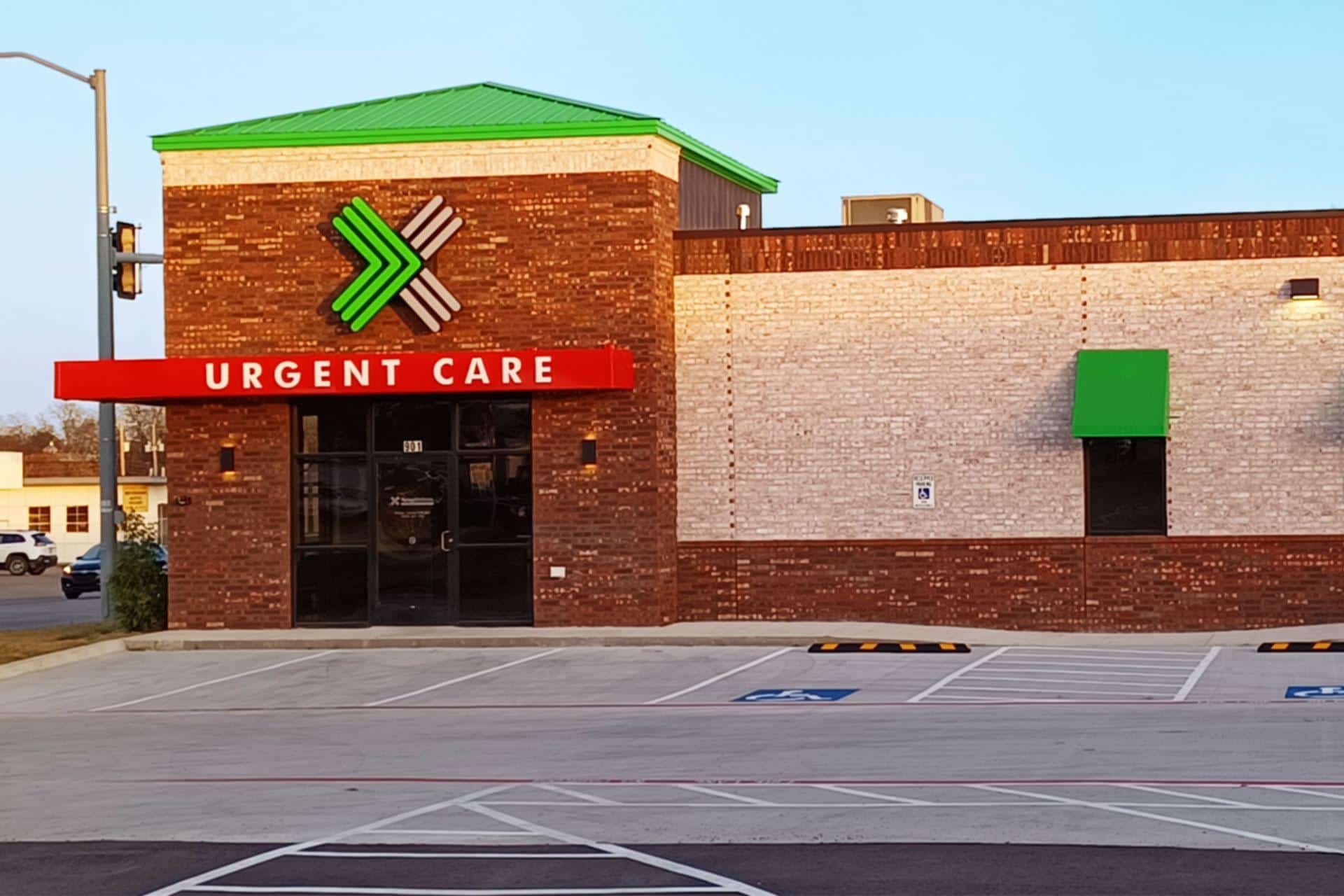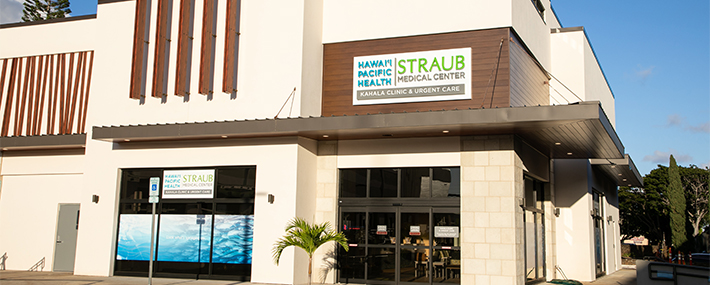Necessary Services Given by Clinics Concentrating On Urgent Care
Necessary Services Given by Clinics Concentrating On Urgent Care
Blog Article
Comprehending the Function of Urgent Treatment in Giving Timely Treatment for Non-Life-Threatening Problems
Urgent care centers have emerged as a vital part of the health care landscape, dealing with the instant needs of clients with non-life-threatening problems. By offering obtainable and timely clinical services, these centers effectively link the gap between health care and emergency departments. The effects of their duty expand past simple benefit, prompting a better assessment of when and just how these facilities are used. Understanding the nuances of urgent care could considerably affect client end results and the general efficiency of medical care delivery. What aspects contribute to their expanding importance in modern medicine?
What Is Urgent Treatment?
Urgent treatment refers to a group of medical services created to attend to non-life-threatening problems that call for instant interest. These facilities act as an intermediary in between health care physicians and emergency clinic, using a practical option for clients that need timely care without the comprehensive waiting times commonly linked with emergency departments.
Immediate treatment facilities are typically staffed by doctor, including physicians, registered nurse practitioners, and doctor aides, who are educated to diagnose and deal with a wide variety of problems. Common services supplied by these facilities include treatment for minor injuries, illnesses, and infections, as well as diagnostic tests such as X-rays and lab work.
The access of urgent care is an essential element in its allure, as several centers operate past routine office hours, consisting of nights and weekends. When their main treatment supplier may not be obtainable, this prolonged availability permits clients to obtain prompt care. In addition, urgent treatment centers often approve walk-in individuals, eliminating the demand for visits. Overall, immediate care plays a crucial role in the health care system, ensuring individuals can access essential clinical solutions quickly and successfully.

When to seek treatment at an immediate treatment center instead of a main treatment doctor or an emergency room,Several individuals might find themselves unclear regarding. Immediate care is made to deal with non-life-threatening problems that require timely focus but are not extreme enough to call for an emergency space visit.
Usually, one should take into consideration urgent look after problems such as small cracks, strains, cuts calling for stitches, or infections like urinary system infections. In addition, cold or flu symptoms, rashes, and allergies can also be properly handled in this setup.
It is necessary to keep in mind that immediate care is not suitable for serious emergencies, such as breast discomfort, trouble breathing, or severe bleeding, which demand immediate emergency area intervention.
Individuals who do not have access to a medical care physician or can not safeguard a prompt visit may also take advantage of urgent care solutions. Inevitably, understanding when to use immediate treatment can lead to more effective medical care delivery, allowing individuals to obtain the ideal degree of treatment based upon their specific health needs.
Benefits of Urgent Care Centers
Picking urgent care centers for non-life-threatening conditions provides several benefits that improve person experience and ease of access. One primary advantage is the lowered wait times contrasted to traditional emergency clinic. Urgent care facilities typically operate a first-come, first-served basis, permitting clients to see post get prompt clinical focus without the lengthy hold-ups typically connected with medical facility settings.
In addition, urgent care facilities supply extensive hours, including weekend breaks and evenings, suiting patients with differing schedules. This adaptability guarantees that individuals can seek care when it is most practical for them, additionally advertising timely intervention.

Additionally, these facilities commonly provide a thorough series of services, including minor treatments and diagnostic examinations, all under one roofing system. This loan consolidation of solutions not only improves the person experience yet additionally cultivates a more cohesive technique to handling non-life-threatening wellness issues, inevitably benefiting overall client outcomes.
Usual Conditions Treated
At urgent care centers, a variety of non-life-threatening conditions can be efficiently dealt with, supplying patients with prompt and obtainable medical aid. These facilities are particularly skilled at dealing with issues that need punctual attention yet do not posture an immediate danger to life or limb.
Common problems treated at immediate treatment facilities consist of minor injuries such navigate to this website as strains, fractures, and stress. Urgent care centers are outfitted to perform necessary diagnostic examinations, such as X-rays and laboratory tests, allowing them to supply thorough treatment.
In addition, urgent treatment service providers can administer vaccinations, aiding to stop the spread of infectious diseases - Urgent Care. They likewise offer services for small procedures, such as suturing injuries or draining abscesses. By offering these diverse solutions, immediate treatment centers play a crucial duty in linking the gap in between primary treatment and emergency situation services, guaranteeing individuals obtain prompt treatment for a wide variety of conditions without the demand for long haul times normally connected with emergency situation rooms
How Urgent Treatment Sustains Healthcare System
Immediate treatment centers play an essential role in supporting the total health care system by relieving the problem on emergency departments and providing timely accessibility to clinical treatment for non-life-threatening conditions. By taking care of cases such as small injuries, infections, and illnesses, urgent care centers enable emergency situation departments to concentrate on more crucial clients needing prompt attention.
Furthermore, immediate treatment facilities improve healthcare availability, providing extensive hours and an easier choice to typical main care settings. This access is specifically valuable for individuals who might not have a regular physician or who need prompt therapy outside of typical office hours. Consequently, urgent care centers effectively minimize enhance and wait times individual contentment.
In addition, immediate care centers contribute to cost financial savings for both people and the health care system by giving lower-cost solutions contrasted to emergency situation departments. This monetary efficiency is essential in an era of increasing healthcare prices, enabling patients to receive necessary treatment without sustaining expensive costs.
Final Thought
To conclude, immediate treatment facilities play a crucial role in the healthcare system by providing timely therapy for non-life-threatening problems. By bridging the gap in between medical care and emergency situation areas, these facilities ensure that clients obtain prompt clinical attention without the prolonged wait times this page usually connected with emergency situation departments. The access and effectiveness of urgent treatment centers contribute dramatically to relieving the total burden on healthcare resources, enhancing individual results, and promoting an extra effective medical care delivery system.
Immediate treatment centers have arised as an essential part of the health care landscape, dealing with the immediate demands of clients with non-life-threatening problems. Urgent care visits typically sustain lower out-of-pocket expenditures compared to emergency situation division brows through, making care more inexpensive for individuals without jeopardizing high quality. Immediate care facilities are outfitted to perform essential analysis examinations, such as X-rays and lab tests, allowing them to offer comprehensive care.
By using these diverse solutions, immediate treatment centers play a crucial function in connecting the gap between primary treatment and emergency services, guaranteeing people obtain timely treatment for a wide variety of conditions without the need for long wait times typically linked with emergency spaces.
Moreover, urgent treatment facilities boost healthcare accessibility, supplying prolonged hours and an extra practical alternative to traditional primary treatment settings.
Report this page